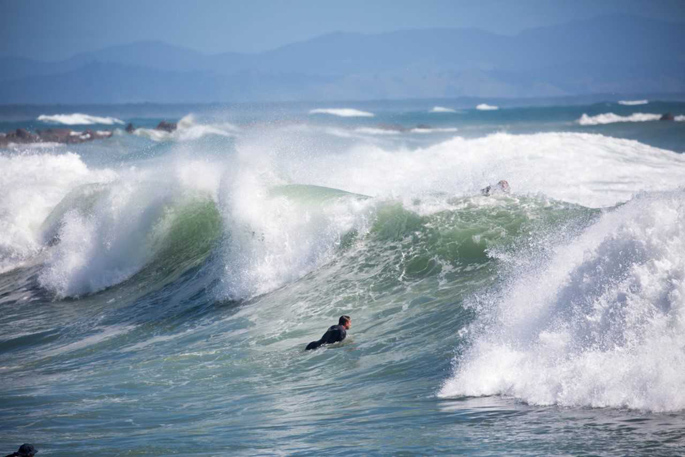Warmer than average sea surface temperatures near Australia and north of NZ are complicating the El Niño outlook for our part of the world.
El Niño is measured at the equator and means warmer than usual sea surface conditions exist there, over towards the Americas.
WeatherWatch.co.nz says marine heatwaves in the tropics directly north of NZ in October helped produce the earliest ever Southern Hemisphere Category 5 Tropical Cyclone on record... and warmer than average conditions continue along eastern Australia which may be a positive for them bringing more rain. Yet El Niño is very much in place across the Pacific - and it's strengthening.
"So a “broken” El Niño pattern may be quite welcome in NZ by most farmers and growers who may want some drier weather to kick in - but not a major dry to kick in. The warmer than average air and sea surface conditions for this El Niño make it unlike one we have ever experienced before in our records.
"It's worth noting our last ClimateWatch update on October 1 said that Spring + El Niño = A hat on a hat. In other words, it can make spring more spring-like. We've seen wind and heat temperature records broken this spring in both eastern NZ and eastern Australia - well in line with El Niño.
"But it's been wetter than some people thought spring might be. As we keep saying, El Niño is not made in a lab with scientists in white coats - it's unique and a bit messy and while a big general driver of our weather systems here in NZ our location on earth means "chaos" is our friend and can break the dry up. At least for now.
"The long range data still suggests hotter and drier weather is likely, especially for inland and eastern places this summer, whilst southern and western NZ have a mixture of warmer and more average to cooler days (as El Nino usually brings in more sou'westers too, which are cloudier and cooler for the west and south of NZ).
""Variety" in November means there is a mixture of low and high pressure for both New Zealand and Australia - but perhaps leaning slightly drier in the month or two ahead for the North Island of New Zealand whilst the South Island has a bit more Southern Ocean influence. But the tropics north of us are active around the Solomon Islands and give us a "wild card" for possible rain this summer, as we saw with the remnants of Lola at the end of October. Not the norm - but possible.
"Either way, below is our best thinking for the next three months ahead based on the data we have today."
*ClimateWatch is NOT a weather forecast or climate change forecast - it’s a seasonal outlook tracking weather systems but it’s more of a general big picture on how the climate is being driven and what that means for NZ generally. It’s designed to help growers, farmers, students, small business owners and even Government Agencies better plan ahead. It's an entirely free service and is part of our public commitment to back the many New Zealanders who back our small business.



0 comments
Leave a Comment
You must be logged in to make a comment.